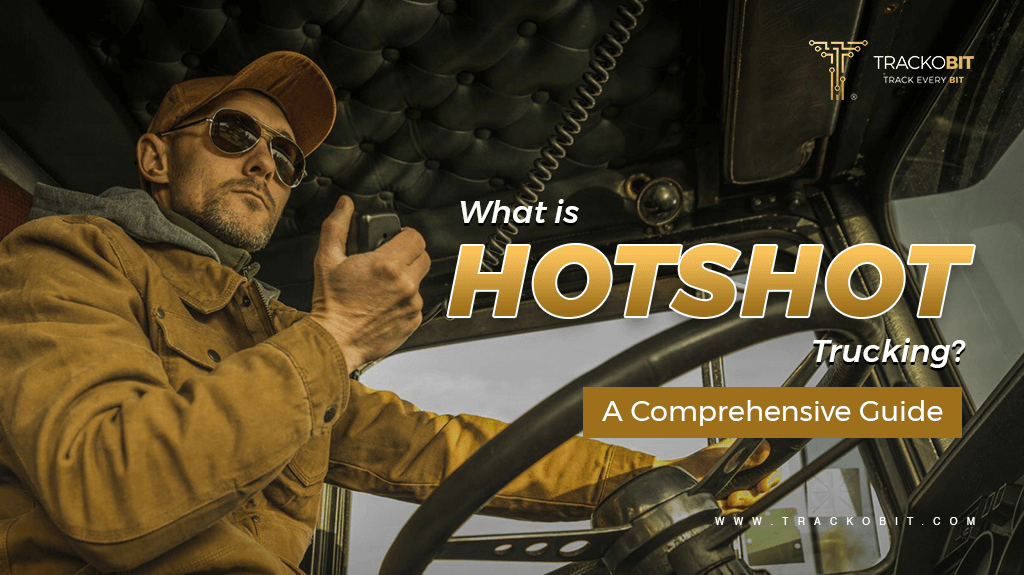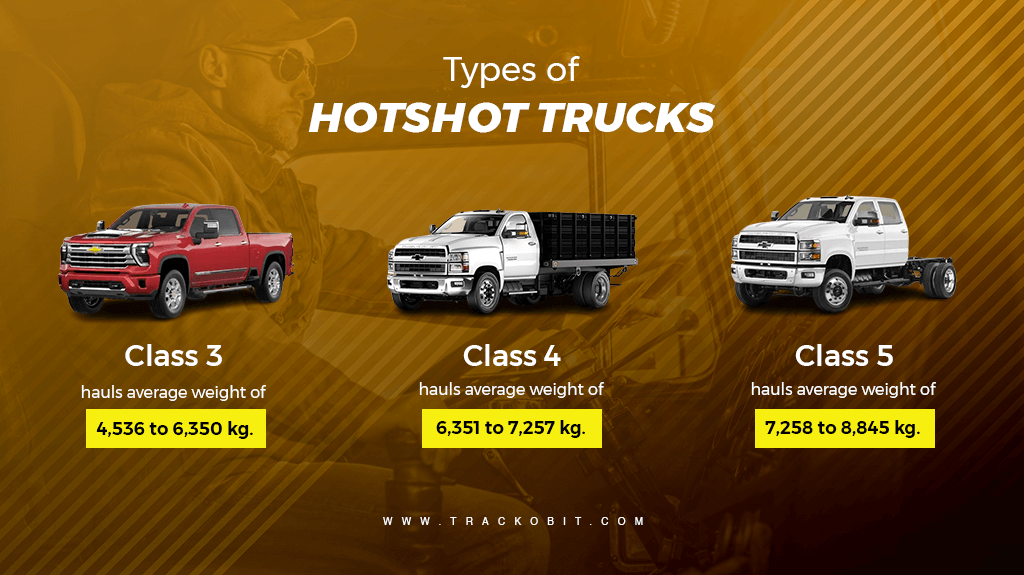-
TrackoBit
Manage commercial vehicles with the new-age Fleet Management Software
TrackoBit -
TrackoField
Streamline your scattered workforce with Field Force Management Software
TrackoField -
Features Resources
-
Blog
Carefully curated articles to update you on industrial trends. -
White Paper
Insightful papers and analysis on essential subject matters. -
Glossary
Explore an alphabetical list of relevant industry terms. -
What’s New
Get TrackoBit & TrackoField monthly updates here. -
Case Study
Explore the cases we solved with our diverse solutions. -
Comparisons
Compare platforms, features, and pricing to find your best fit.
-
About Us
Get to know TrackoBit: our team, ethos, values, and vision. -
Careers
Join the most dynamic cult of coders, creatives and changemakers. -
Tech Support
Learn about our technical support team and services in detail. -
Events
Check out the exhibitions where we left our marks and conquered. -
Contact Us
Connect with us and let us know how we can be of service.
What is Hotshot Trucking?
- Author:Tithi Agarwal
- Read Time:6 min
- Published:
- Last Update: December 13, 2024
Table of Contents
Toggle
Here is a quick guide to getting your load delivered quicker- hotshot trucking. The new trending solution to delivering time-sensitive and smaller load on time.
Table of Contents
Toggle
Trucking or logistics is the backbone of any economy as it is responsible for moving goods from one place to another. The logistics industry includes a variety of freight trucks that are distinguished by the type of cargo they move around. One such type of trucking is hotshot trucking.
No, it is not hotwheels but something similar.
Hot shot trucking is fast and relatively cheaper for the delivery of small loads. But to your surprise, even hotshot driving requires proper streamlining to be profitable for businesses. Here is a quick guide on what hotshot trucking is and ways how you can cut costs and earn healthy profits.
What is Hot Shot Trucking?
Hotshot trucking involves the transportation of small and time-sensitive consignments or loads. Unlike traditional tracking, where large shipping trucks are generally involved, hotshot trucking is a much more efficient way to transport smaller loads. The load is referred to as a less-than-truckload (LTL) load. This specialised trucking is ideal for urgent deliveries, expedited shipments, or jobs requiring quick response times.
Advantages of Hot Shot Trucking
Hotshot trucking offers numerous advantages that make it an attractive option for both drivers and businesses. Its hallmark is the unique blend of flexibility, speed, and efficiency and the added advantage of lower operating costs.
Flexibility and Convenience
The flexibility of hotshot trucking is one of its main advantages. Hotshot drivers are able to easily modify their schedules to suit the needs of their customers. With hotshot trucking, drivers can meet the demands of companies in need of quick transportation services. This is regardless of whether it’s a last-minute request or a load with a tight deadline. This degree of flexibility helps businesses ensure timely and effective deliveries, which improves overall operations.
Speed and Efficiency
Hotshot trucking is faster than conventional trucking techniques. Hotshot drivers can get around crowded areas, take the shortest routes, and quickly complete deliveries using smaller vehicles. Hotshot trucking’s speed and efficiency are especially useful for companies requiring quick product delivery.
Industries that depend on time-sensitive materials or equipment include construction, oil and gas, and agriculture. These industries have a dependable way to continue operating thanks to hotshot trucking. Hotshot drivers can meet deadlines and maintain business continuity when delivering vital components to drilling sites or transporting perishable agricultural products.
Lower Operating Costs
When compared to larger trucks, hotshot trucking offers significant cost savings. As this type of trucking is done via smaller trucks, vans, or trailers.
Hotshot truckers can save a lot of money on overhead as fuel takes almost 80% of overall costs. Higher profitability results from this because the savings can be put back into the company or used to provide customers with competitive pricing.
What are the Disadvantages of Hotshot Trucking?
Like any other trucking type, hotshot trucking also comes with its share of disadvantages:
Limited Capacity
Hotshot trailers can only be up to 40 feet long and legally haul 16,500 pounds of freight. Simply put, hotshot trucking is not an option for heavier loads. This problem is amplified by the fact that many drivers, including those of these trailers, dislike overloading their equipment that shouldn’t be there.
Because of this, it can frequently be challenging to locate a hotshot driver willing to transport 16,500 pounds of fully loaded goods.
Limited Supply of Hot Shot Truckers
Hot shot trucking is still a relatively niche service despite recent increases in availability and popularity.
It might be harder for shippers to locate a hot shot when and where they need it than a 53-foot flatbed or step-deck trailer.
This is not to suggest that shippers won’t be able to locate a hotshot solution quickly when needed; it’s just that there will be fewer available, which will make it harder.
The Types of Trucks Used For Hot Shot Hauls
Depending on the delivery, hotshot truckers can use different types of trucks at work. Here are the categories of trucks for hotshot hauls:
- Class 3 medium-duty trucks: have an average weight of 4,536 to 6,350 kg.
- Class 4 medium-duty trucks: have an average weight of 6,351 to 7,257 kg.
- Class 5 medium-duty trucks: have an average weight of 7,258 to 8,845 kg.

How to Start a Hot Shot Trucking Business?
We believe 3 things are of great importance if you are looking to get into the hot shot trucking business. This is besides the in-depth research and planning of the logistics industry which is mandatory:
1. Vehicle and Equipment
There are some particular vehicles that can be legally used in hotshot trucking businesses. these involve vehicles in class3, 4, and 5. While investing in the vehicles, businesses need to keep the vehicle class and freight hauling limitations in mind.
Also, hot shot trucking vehicles require much more maintenance than long haul vehicles. So, implementing a regular maintenance schedule for the hot shot trucks is a must for them to remain in good condition.
2. Driver with Proper Qualifications
There are certain qualifications that hot shot drivers need to have. Businesses should only hire those that fulfil the criteria.
- Hold and maintain the proper liability insurance and operational authority.
- Have a functioning DOT identification number.
- Submit the proper paperwork to the business.
- Abide by all federally mandated hours of service (HOS) regulations.
- Possess a CDL when moving a pickup and loaded trailer with a gross vehicle weight rating (GVWR) greater than 26,000 pounds.
3. Telematics Software
Be it long haul or short haul trucking businesses it’s always best to implement an efficient telematics system. The software helps businesses:
- Automate route planning for multiple trucks in minutes
- Plan the shortest and most efficient route, which helps save fuel costs
- Track their hot shot trucks in real time
Thriving with TrackoBit
Do you own a transportation business? Well, that’s great! Considering offering hotshot trucking option to your clients as well? That’s best!.
Streamlining operations is the need of the hour. And what better than TrackoBit to do it for you? TrackoBit is a telematics software that offers solutions and features that can help you enhance the advantages of hotshot trucking and mitigate the disadvantages. Let’s find out how:
Real-time Location Tracking: A tracking system allows for the real-time tracking of the truck’s location. This information is valuable for both the driver and the business, enabling them to optimise routes, estimate delivery times, and respond quickly to any issues or delays.
Clear-Cut Visibility: TrackoBit has solutions like video telematics and driver behaviour monitoring that enhance operational visibility. With video telematics, you can visually monitor driver activities. And with driver behaviour monitoring solutions, you get alerts whenever drivers are driving recklessly and causing events like harsh cornering and more.
Faster Route Planning: For even faster delivery, TrackoBit automates route planning, creation and monitoring part. Now, plan and geofence routes for safe and on-time delivery. Get notified each time the driver enters or leaves the geofence.
Optimise Fuel Consumption: Get mileage and fuel reports of each hotshot truck. The system detects abnormal fuel consumption, which is an indication of the need for checkups and maintenance.
Driver App: The driver app is of great use as drivers get trip details on the app, where they can also mark their attendance. It allows hotshot drivers to upload their required documents and DVIR checklist.
Customer Visibility: The telematics system provides customers with real-time visibility into the location of their shipments. This transparency can enhance customer satisfaction by informing them about their deliveries’ status.
Conclusion
Hotshot trucking stands out as a dynamic and efficient solution for transporting small, time-sensitive loads. The ability to navigate crowded areas, choose shorter routes, and utilise smaller vehicles is making it the go-to solution for delivering time-sensitive loads.
By leveraging its advantages and addressing its challenges, businesses can harness the potential of hotshot trucking to meet the demands of a fast-paced and ever-evolving market.
Frequently Asked Questions
-
What is the difference between hotshot trucking and expedited freight shipping?
The difference is as follows:
Hotshot Trucking Expedited Shipping - Hot shot trucking typically involves using smaller trucks, often called hot shot trucks, to transport small and time-sensitive loads quickly.
- These vehicles are larger than standard non-commercial vehicles but smaller than traditional semi-trucks.
- Expedited freight shipping encompasses a broader range of vehicle sizes, including vans, straight trucks, and sometimes even standard semi-trucks.
- It is not limited to smaller loads and can handle a variety of freight sizes, making it a more versatile option for time-sensitive shipments.
-
What is a hot shot driver?
A hotshot driver is someone who quickly delivers smaller loads in a shorter time period. Compared to semi-drivers, hot shot drivers enjoy a lower barrier to entry, lower fuel costs, and lower insurance costs, as hot shot vehicles are less expensive.
Tithi Agarwal is an established content marketing specialist with years of experience in Telematics and the SaaS domain. With a strong background in literature and industrial expertise in technical wr... Read More
Related Blogs
-

When Tracking Needs a Clock: Rethinking Fleet Visibility
Tithi Agarwal December 24, 2025Read on to understand why fleet tracking works better when it follows working hours. Because visibility should support operations, not…
-

What Makes TrackoBit’s Video Telematics Software Truly Next-Gen?
Shemanti Ghosh December 17, 2025TrackoBit’s video telematics software blends smart video intelligence with full server control. The result? Superior fleet reliability and safety.
-

Plug, Pair, Perform TrackoBit Introduces BLE Sensor Integration
Tithi Agarwal November 26, 2025TrackoBit’s BLE Sensor Integration enables wireless, real-time monitoring with faster installs and accurate insights. It improves fleet efficiency, visibility, and…
-

How to Use Driver Behavior Reports as a Sales Hook to Close Big Fleets
Tithi Agarwal October 16, 2025TrackoBit’s driver behavior reports empower fleet providers to win big contracts by showcasing safety, efficiency, and measurable ROI.

Subscribe for weekly tips to optimize your fleet’s potential!
Your inbox awaits a welcome email. Stay tuned for the latest blog updates & expert insights.
"While you're here, dive into some more reads or grab quick bites from our social platforms!"Stay Updated on tech, telematics and mobility. Don't miss out on the latest in the industry.
We use cookies to enhance and personalize your browsing experience. By continuing to use our website, you agree to our Privacy Policy.


































